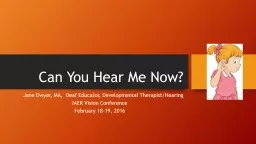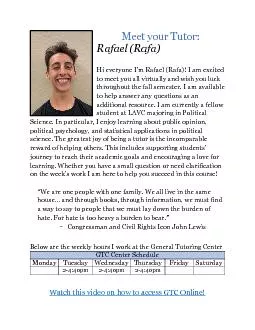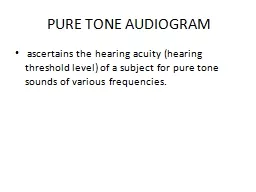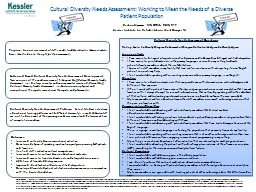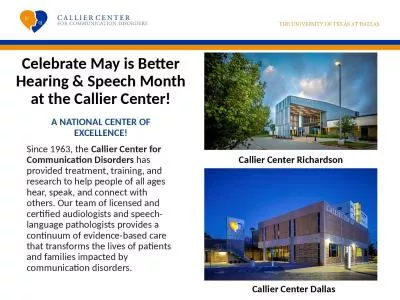PPT-Things We Can Do To Better Meet The Needs Of Our Hearing Im
Author : olivia-moreira | Published Date : 2016-11-04
Robert W Sweetow PhD University of California San Francisco The brain must Detect Discriminate Localize Segregate auditory figure from ground Perceptually learn
Presentation Embed Code
Download Presentation
Download Presentation The PPT/PDF document "Things We Can Do To Better Meet The Need..." is the property of its rightful owner. Permission is granted to download and print the materials on this website for personal, non-commercial use only, and to display it on your personal computer provided you do not modify the materials and that you retain all copyright notices contained in the materials. By downloading content from our website, you accept the terms of this agreement.
Things We Can Do To Better Meet The Needs Of Our Hearing Im: Transcript
Download Rules Of Document
"Things We Can Do To Better Meet The Needs Of Our Hearing Im"The content belongs to its owner. You may download and print it for personal use, without modification, and keep all copyright notices. By downloading, you agree to these terms.
Related Documents





